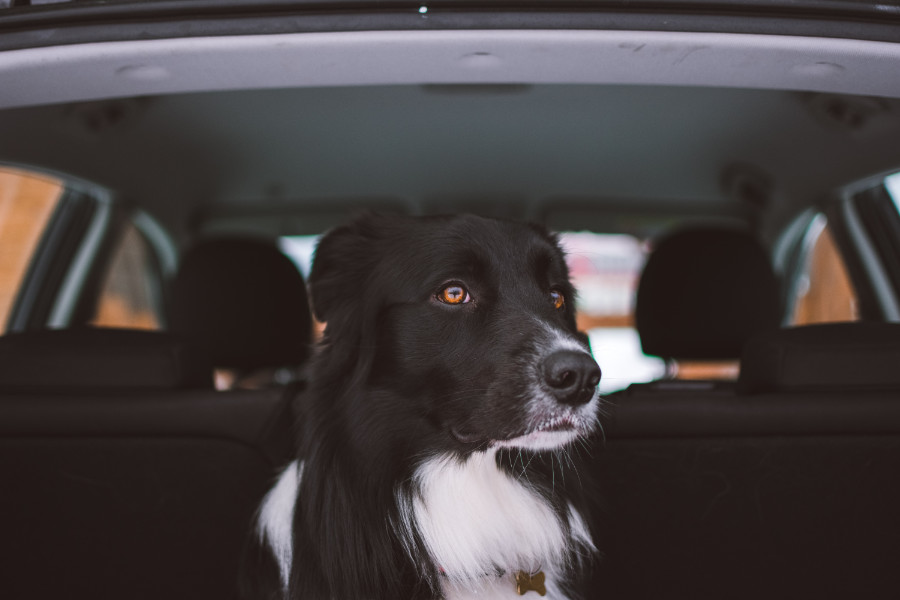
Many of us have an unrealistic idea of what it is like to travel with a pet. We think of dogs with their heads happily out the window and cats napping in their carriers. While some pets enjoy car trips and traveling with their human parents, that is not the reality for many. It is not relaxing in the least! To some animals, traveling is the most stressful thing you have ever subjected them too. You may not be able to make the experience perfect for your pet, but you can take steps to calm your pet while traveling. Here are eight helpful tips to make travel less stressful for your canine or feline family member:
Even if you are taking a short trip, the carrier should be the right size for your pet. They should be able to lay down comfortably inside their carrier so they can relax during the trip. If your cat or dog’s carrier is too small, it won’t be comfortable, and it will increase the stress they are already feeling.
It sounds like a weird idea, but get your pet prepared for travel. Have them sit in their carriers at r andom times, so they learn not to be scared. Even when you don’t have a trip planned, go for a short car trip with your pet. This will help teach them that there is nothing to fear from their carrier or the car. It will help them be better prepared for the real thing.
Include a favorite toy or blanket in their carrier. Animals rely a great deal on a scent. Having a familiar smell or toy in their carrier will create a positive association for them. This can help them feel more at ease.
Thundershirts and other types of weighted anxiety devices can be a lifesaver when traveling with a pet. Pet owners seem to think these devices are only for use in the house during storms. The truth is, these things can help your pet with anxiety no matter where they are! They rose to popularity because of how well they help animals with storms, but they are helpful in many situations.
When traveling with a pet, anything can happen. They don’t care about your timeframe if they are having a meltdown. Make sure you give yourself enough time to h andle any curveballs your pet may throw your way while on the road. This is even more true if you are flying with your pet. Allow yourself plenty of time for you and your pet to clear TSA checkpoints.

Just the sound of your voice could mean a great deal to your stressed-out animal. To fit their carrier in your vehicle, your pet may no longer be able to see you. That could add to their stress. But if you talk or sing to your pet, they will still hear your voice and know that you are nearby. Even playing soothing music can help calm your pet while traveling.
Sometimes, no matter what you do, your pet will not be able to h andle traveling. That isn’t feasible because, at some point, they will have to leave the house with you. If nothing else, they have to leave the house to visit the vet. Speak with your vet about acceptable anxiety meds or diffusers for your cat or dog.
Anxiety can take its toll on your animal. Know how to recognize the signs of health distress like panting, or an inability to breathe. Call your vet on the best way to h andle these instances during travel.
Travel isn’t always easy for our animals. But there are many tips you can try to calm your pet while traveling. When in doubt, always ask your vet who knows your pet and their medical needs and can help you create a safe and stress-free travel plan for your pet.